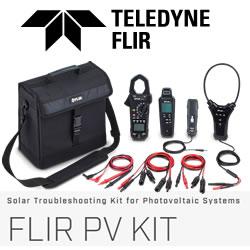The concept of large-scale wind power production using aerodynamically efficient kites was first proposed by University of California researcher M.L. Loyd who published seminal work in the Journal of Energy thirty years ago. In that paper, he described kites that utilized aircraft construction flying transverse to the wind at high speed.
JoeBen Bevirt | The Airborne Wind Energy Consortium
1. Systems utilize a tether.
2. Aerodynamic structures are either rigid wing or flexible, semi-rigid kites lighter than air or rotocraft.
3. Power generation is produced by onboard turbines or on-ground generators.
4. Autonomous controls are used to fly systems and maintain optimal crosswind exposure.
A major goal is to raise public awareness about the benefits of airborne wind energy as a near-future viable renewable, energy source. In addition, the conference will provide an opportunity for developers and researchers to establish collaborative partnerships to rapidly advance the industry. The conference also provides a unique opportunity for public and private investors to take a look at the recent advances in airborne wind system R&D and meet the major international industry leaders.
Airborne Wind Energy Conference 2010
Joby Energy Founder, JoeBen Bevirt
 JoeBen is Chair of the Airborne Wind Energy Consortium
JoeBen is Chair of the Airborne Wind Energy Consortium
JoeBen Bevirt is an inveterate entrepreneur born with a passion for engineering that has driven the formation of two successful companies over the past 10 years prior to Joby Energy and Joby Aviation.
In 2000, JoeBen co-founded Velocity11 which developed high-performance laboratory equipment. He served as President & CEO until 2002, as President until 2006, and as a board member until the sale to Agilent Technologies in 2007. Under his leadership, Velocity11 employed 200 people and grew by 50% annually.
In 2005, JoeBen founded Joby, Inc. (Joby) to develop, market, and sell useful, unique, and delightful consumer products. Profitable almost immediately, Joby continues to deliver new products and record profits despite the economic downturn.
In early 2008, JoeBen turned his focus to renewable energy and founded Joby Energy to develop groundbreaking airborne wind turbines to harness the immense and consistent power of high-altitude wind to provide reliable and low-cost renewable energy.
Joby Energy is a founding member of the Airborne Wind Energy Consortium along with Makani Power, Magenn, and SkyWindpower.
The content & opinions in this article are the author’s and do not necessarily represent the views of AltEnergyMag
Comments (0)
This post does not have any comments. Be the first to leave a comment below.
Featured Product


